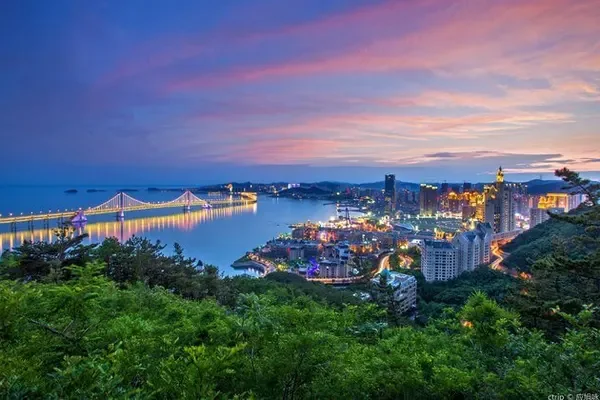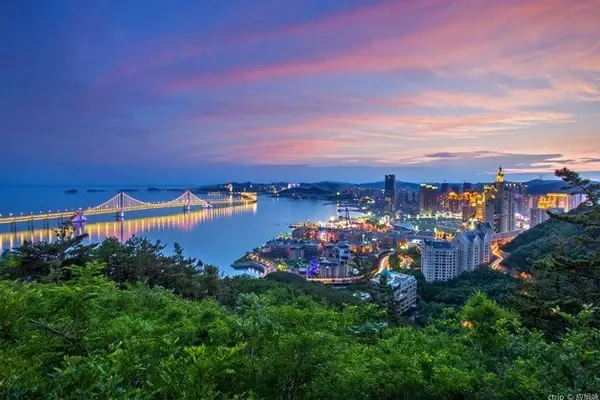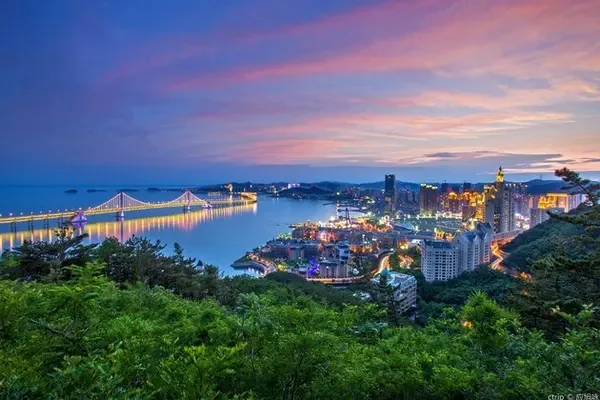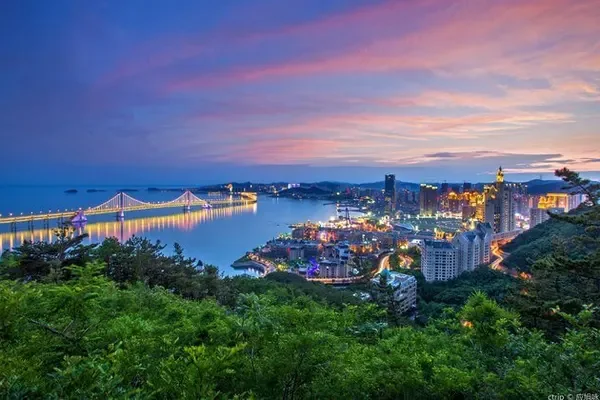
Journey to the West 9 (Jimming Station)
Today is the last day of our journey, we can go home in the afternoon.
Jiming Station is our last attraction. It is in Huailai County, Hebei Province. I've been there before, but many years ago.
Jiming Station is a remains of a post station built in the Ming Dynasty (1368-1644). The post city covers an area of 220,000 square meters, with a nearly square plane and a perimeter of 1891.8 meters. The surface of the city wall is brick, and the inner layer is rammed earth. It got its name because it is at the foot of Jiming Mountain.
A 15-meter-wide avenue leads directly to the west gate, straight and spacious, without obstructions. It is conceivable that the postmen held torches at night, flying horses to pass on the post, pedestrians avoided, and shoppers left to wait for the urgent and spectacular scene. There is an equally tall city tower on each of the east and west city gates, which is particularly interesting from a distance. It's just that it has been renovated now, without the heavy sense of history and the vicissitudes of the times.
You can see those yellow adobe houses and gray and red corrugated roofs, old courtyard houses, old tree branches that sometimes protrude, streets and alleys that only allow one person to pass, broken walls and ruins, and decayed grass. , Some small courtyards are lightly closed with chai gates; some houses have been tilted, and the broken window lattices are intertwined in modern buildings. It makes people have a desire to explore history, but it makes people feel a little disappointed.
Several temples retain the murals of the Ming Dynasty, which are very precious. According to people who visited the temple, in order to avoid damage during the Cultural Revolution, someone wiped a layer of mud on the murals. It is a blessing among misfortunes that these historical sites were spared.
A little-known legendary story is hidden in a narrow alley in the middle of the city: After the Eight-Power Allied Forces entered Beijing, the Empress Dowager Cixi fled in a hurry and settled down in Jimingyi, where she lived with a man named He. one night. The brick carvings of "Hongxi Jiefu" implicitly reflect this period of history. According to today, it is only more than a hundred years old.
Had lunch in a nice little courtyard. At this point, our trip is coming to an end.
In 9 days, the journey was nearly 4,000 kilometers. Through Hebei and Inner Mongolia. Drive an average of nearly 500 kilometers per day.
Some beautiful scenery is on the road, and some beautiful scenery is in the heart. Walk all the way and see all the way, everything is in your own experience. May our hearts always feel the beauty and always be healthy and upward.










































